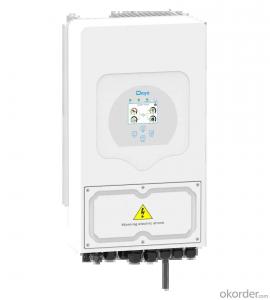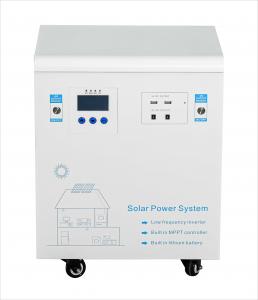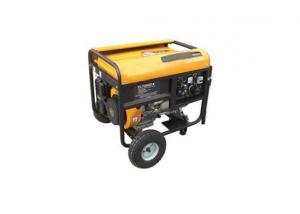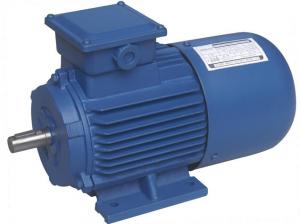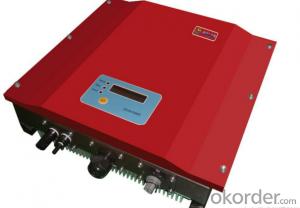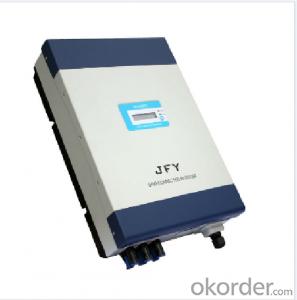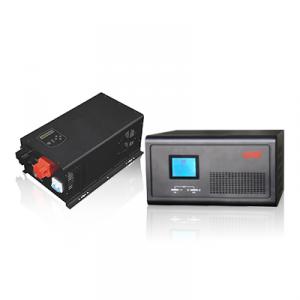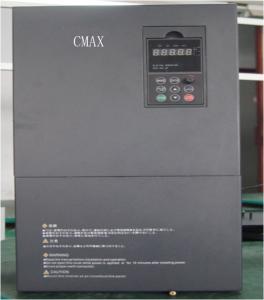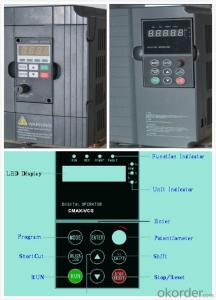5kw 3 Phase Solar Inverter
5kw 3 Phase Solar Inverter Related Searches
5 Kw 3 Phase Solar Inverter 5kw Three Phase Solar Inverter 5kw Solar Inverter 5kw Solar Power Inverter Solar 5kw Inverter 5kv Solar Inverter 5kw Solar Panel Inverter 5kw Solar Hybrid Inverter Solar Power 5kw Inverter 5kva Solar Inverter 5kw Hybrid Solar Inverter 5kw Inverter Solar System 5 Kilowatt Solar Inverter 5 Kva Solar Inverter Solar 5kva Inverter 5k Solar Inverter Inverter For 5kw Solar System 3 Phase Solar Inverter 5 Kw Hybrid Solar Inverter 5kw Solar Inverter For Sale 5kva Hybrid Solar Inverter Hybrid Solar Inverter 5kw 3 Phase Solar Power Inverter 5kva Inverter Solar System 3kw Solar Inverter 5kw 48v Solar Inverter 3 Phase Inverter Solar Solar 3 Phase Inverter 3kw Inverter Solar Best 5kw Solar Inverter5kw 3 Phase Solar Inverter Supplier & Manufacturer from China
The 5kw 3 Phase Solar Inverter is a high-performance product designed to convert solar energy into usable electricity for various applications. This inverter is specifically engineered to handle the power demands of commercial and industrial settings, ensuring efficient energy conversion and optimal performance. It is equipped with advanced features such as maximum power point tracking (MPPT) and islanding protection, which enhance its functionality and reliability.The 5kw 3 Phase Solar Inverter finds its application in a wide range of scenarios, including but not limited to, businesses, factories, and large-scale residential properties. It is particularly useful in areas where there is a significant need for a stable power supply, and where solar energy can be harnessed to reduce reliance on traditional energy sources. By integrating this inverter into a solar power system, users can benefit from a clean, sustainable, and cost-effective energy solution that meets their specific power requirements.
Okorder.com is a leading wholesale supplier of the 5kw 3 Phase Solar Inverter, offering a vast inventory to cater to the needs of various customers. With a strong commitment to quality and customer satisfaction, Okorder.com ensures that each inverter is thoroughly tested and meets the highest industry standards. By partnering with Okorder.com, customers can expect to receive a reliable and efficient product that will serve as a cornerstone of their solar energy system.
Hot Products












